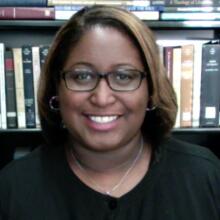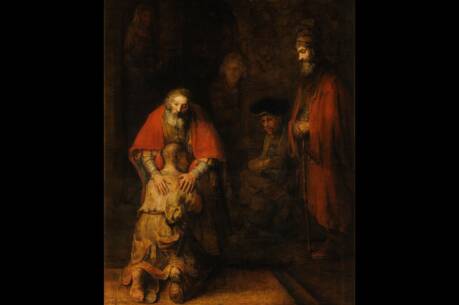What the resurrection means for our prayer life
Building on last Sunday’s Gospel, this week we are prompted to reflect on life and death once again. The readings are reminders that some beliefs, in particular belief in resurrection, were not easy for people to understand or adopt. Today we gain insights into some of the philosophical and theological debates at the time when Luke was writing.
“The God of Abraham, Isaac and Jacob is not God of the dead, but of the living, for to him all are alive” (Lk 20:37-38).
What role does the resurrection play in your prayer life?
How do you respond when people disagree with you?
Do you look for common ground when having complex discussions?
The Gospel begins with Jesus encountering the Sadducees, a Jewish sect who was active in and around the Second Temple before its destruction. Unlike the Pharisees who feature more prominently in Luke, the Sadducees are mentioned only in today’s text and on a few occasions in Acts of the Apostles. The Gospel notes that they did not believe in the concept of resurrection, which sets the stage for the discussion that follows and reveals some of the perspectives on resurrection that were prominent at the time.
The Sadducees approach Jesus with questions about a woman who is married multiple times, following the practice of levirate marriage in which a brother or next of kin married a woman once her husband died (Dt 25:5-10, examples in Gn 38:1-11 and Ru 4:1-6). The Sadducees use the example to press Jesus to explain who the woman would be married to after her death likely to spark a debate and to test whether his thinking on resurrection might contradict Jewish teachings.
Jesus responds not with explicit statements on levirate marriage or marriage generally but with statements on life. Rather than drawing on legal traditions associated with Moses, he reflects on Moses’ encounter with God at the burning bush, knowing that would resonate with the Sadducees. This tendency shows a strategy on the part of Luke in how Jesus engages in complicated debates. Jesus does not criticize the Sadducees or their understanding of Mosaic law, but instead he gives them a different perspective and avenue for exploration that is rooted in their shared Jewish tradition.
Reflecting on Moses’ encounter with God in the burning bush, Jesus says that God is the God of the living. He argues this was made known to Moses when he encountered God and called him “Lord,” identifying him as the God of Abraham, of Isaac and of Jacob. Jesus says that this God is not “the God of the dead, but of the living, for to him all are alive.” Jesus’ midrash on the burning bush draws on the divine name which is typically translated as “Lord.” The name itself is related to the Hebrew root hayah meaning to be or to exist. With the divine name Yahweh in mind, which is rendered as “Lord,” Jesus draws on the name’s connection to being and existence to show that it is the living God who is intimately connected to all things.
Jesus’ response to the Sadducees can offer us a few points for reflection. His emphasis on the God of the living gives us a way to think about Jesus’ resurrection and our own understanding of eternal life. Likewise, Jesus’ strategy might help us as we encounter people with differing views. Jesus models openness when he listens to the Sadducees’ views, and rather than being led into a contentious debate, he draws on shared traditions as foundations on which to have open dialogue.








